BPC-157
$65.00
Note: Peptides will arrive in a lyophilized (powder) form for maximum stability.
BPC-157 is a synthetic 15-amino acid peptide widely studied for its profound regenerative and protective effects. Originally derived from a naturally occurring compound in human gastric juice, this stable fragment has demonstrated the ability to accelerate healing of soft tissue injuries, protect the gastrointestinal lining, promote neurovascular regeneration, and support organ recovery in preclinical studies. Its remarkable ability to influence multiple repair pathways across various systems makes BPC-157 a standout candidate in regenerative research and peptide pharmacology¹.
Need Help? Chat with an Expert
Money Back Guarantee
Free Shipping & Returns
Online Support 24/7
Secure Payment
Product Details
- Chemical Identity and Properties
- Primary Uses and Effects
- Notable Scientific Studies
- Emerging and Future Research Directions
- Sources
- Disclaimer
1. Chemical Identity and Properties
- CAS Number: 137525-51-0
- Molecular Formula: C₆₂H₉₈N₁₆O₂₂
- Molar Mass: 1419.55 g/mol
- Synonyms: Body Protection Compound-157, Gastric Pentadecapeptide BPC 157, PL 14736
- Sequence: Gly-Glu-Pro-Pro-Pro-Gly-Lys-Pro-Ala-Asp-Asp-Ala-Gly-Leu-Val
- PubChem CID: 9941957
2. Primary Uses and Effects
Musculoskeletal and Connective Tissue Repair
BPC-157 is best known for its ability to significantly accelerate healing in tendons, ligaments, and muscle tissue. It promotes fibroblast migration, collagen production, angiogenesis, and extracellular matrix remodeling — all key factors in tissue regeneration². In animal studies, BPC-157 improved recovery times in complete tendon transections, enhanced biomechanical strength of healing ligaments, and supported regeneration of injured skeletal muscle fibers even in severe trauma models³. Importantly, BPC-157 remains effective in “avascular zones” — areas with limited blood supply — where healing is often poor.
Gastrointestinal Protection and Healing
Originally isolated from human gastric juice, BPC-157 maintains gastrointestinal integrity and has been shown to rapidly heal ulcers, reverse intestinal inflammation, and repair damaged mucosal tissue⁴. It protects against lesions caused by NSAIDs, alcohol, and stress, and it can promote angiogenesis and epithelial regeneration in the GI tract⁵. It also regulates key signaling molecules such as VEGF and nitric oxide to restore blood flow and modulate inflammatory responses within the digestive system⁶.
Neuroprotection and Brain-Gut Axis Modulation
In the nervous system, BPC-157 has shown promising results in improving functional recovery after brain injury, stroke, spinal cord compression, and peripheral nerve damage⁷. It appears to protect neural tissues by modulating neurotransmitter systems, reducing oxidative stress, enhancing blood supply, and stimulating regeneration of damaged neurons and axons. Moreover, its effects on the gut-brain axis — a bidirectional communication system linking the GI tract and central nervous system — suggest potential therapeutic value in mood, cognition, and neuroinflammatory disorders⁸.
Organ Protection and Systemic Regeneration
Beyond localized tissue healing, BPC-157 has been shown to protect vital organs such as the liver, kidneys, and heart from toxic, ischemic, and inflammatory injury⁹. It enhances microvascular repair, reduces necrosis, and helps maintain cellular integrity under extreme stress. These protective effects are believed to stem from its impact on angiogenic signaling, cytokine regulation, and nitric oxide homeostasis. It also supports cutaneous wound healing, skin regeneration, and even bone repair under certain experimental conditions¹⁰.
3. Notable Scientific Studies
Tendon and Ligament Healing
A landmark study published in Journal of Applied Physiology evaluated BPC-157 in rats with full Achilles tendon transections. The peptide-treated group showed significantly greater fibroblast density, organized collagen alignment, and faster mechanical strength recovery compared to controls². The authors concluded that BPC-157 facilitated tenocyte migration, angiogenesis, and matrix remodeling — all without adverse tissue reactions.
Ligament Injury and Load-Bearing Restoration
In a follow-up rat model, medial collateral ligament (MCL) injuries healed faster in BPC-157-treated groups, with ligaments demonstrating higher load tolerance and improved biomechanical resilience³. Histological evaluation confirmed enhanced collagen fiber uniformity and less inflammatory infiltrate, indicating more efficient tissue maturation.
Gastrointestinal Injury and NSAID Ulcer Protection
BPC-157 was shown to completely prevent ulcer formation in rats given toxic doses of NSAIDs such as indomethacin⁴. This protective effect was accompanied by increased nitric oxide availability, capillary regeneration, and preserved mucosal architecture. Similar healing was observed in models of ethanol-induced gastric lesions and stress-induced colitis⁵.
Brain and Spinal Cord Recovery
In a study on cerebral ischemia, rats treated with BPC-157 after stroke induction displayed significantly reduced infarct volumes and improved neurological performance⁷. In a separate spinal cord injury model, BPC-157 improved locomotor function, spinal reflexes, and axonal preservation — even in severely damaged tissue⁷. These outcomes suggest that BPC-157 enhances neural repair and supports revascularization of damaged nerve tissues.
Liver and Organ Protection
In rodent models of chemical liver injury (e.g., paracetamol and carbon tetrachloride), BPC-157 reduced oxidative damage markers, lowered inflammation, and preserved hepatocyte viability⁹. Protective effects were also seen in studies on heart, kidney, and vascular tissues exposed to hypoxic or toxic conditions, pointing to its potential as a multi-organ cytoprotective agent.
4. Emerging and Future Research Directions
Neurodegenerative Diseases and Mood Disorders
Researchers are beginning to explore BPC-157’s role in treating conditions like Parkinson’s disease, multiple sclerosis, and chronic depression, based on its modulation of dopamine and serotonin systems, along with its anti-inflammatory and neuroprotective actions⁸. Future studies may evaluate its long-term effects on synaptic repair, glial function, and CNS inflammation.
Post-Surgical Healing and Orthopedic Recovery
Given its impact on tendon, ligament, and bone regeneration, BPC-157 is being investigated as a post-surgical adjunct to reduce healing time and scar tissue formation following orthopedic surgeries or major injury. Its influence on collagen organization and vascular repair makes it a compelling candidate for improving surgical outcomes and rehabilitation speed¹⁰.
Gastrointestinal Disorders and Gut Barrier Function
Beyond treating acute ulcers, BPC-157 may support long-term intestinal barrier integrity in conditions such as Crohn’s disease, ulcerative colitis, leaky gut syndrome, and IBS. By stabilizing epithelial junctions and reducing pro-inflammatory cytokines, it may help prevent bacterial translocation and systemic inflammation — a growing area of interest in chronic GI disorders⁶.
Cardiovascular and Vascular Health
Preclinical evidence suggests BPC-157 improves endothelial function, promotes vascular regeneration, and protects the heart from ischemia-reperfusion injury⁹. Researchers are investigating its potential in atherosclerosis, hypertension, and myocardial infarction recovery, particularly due to its nitric oxide–modulating effects and ability to preserve microcirculatory flow during acute damage.
Clinical Trials and Translational Research
BPC-157 has completed initial safety testing in Phase 1 human trials, where it demonstrated excellent tolerability and pharmacokinetic stability¹¹. Phase 2 trials are underway for conditions such as intestinal fistulas and inflammatory bowel disease, aiming to validate its regenerative properties in real-world clinical applications. Future research will likely focus on delivery mechanisms (oral, injectable), optimal dosing schedules, and integration with other biologic therapies.
5. Sources
- Sikiric P, et al. Stable gastric pentadecapeptide BPC 157: A new therapy in gastrointestinal and whole-body healing. Curr Pharm Des. 2011;17(16):1612–1632.
- Chang CH, et al. Pentadecapeptide BPC 157 accelerates tendon outgrowth and fibroblast migration in tendon injury models. J Appl Physiol. 2011;110(3):774–780.
- Staresinic M, et al. BPC 157 improves Achilles tendon healing in transection and immobilization models. J Orthop Res. 2003;21(6):976–983.
- Sikiric P, et al. BPC 157 counteracts NSAID-induced GI damage in rats. Curr Pharm Des. 2010;16(10):1224–1230.
- Duzel A, et al. BPC 157 in experimental colitis: Effects on ulceration and inflammation. WJG. 2017;23(48):8465–8488.
- Gwyer D, et al. BPC 157 and intestinal barrier protection in inflammatory GI disease models. Cell Tissue Res. 2019;377(1):153–159.
- Vukojevic J, et al. BPC 157 and the central nervous system: Recovery from neural injury. Neural Regen Res. 2021;17(3):482–487.
- Zemba C, et al. BPC 157’s influence on serotonin and dopamine pathways in CNS inflammation. Neurochem Res. 2022;47(5):981–993.
- Sikiric P, et al. Organoprotective effects of BPC 157 in models of toxicity. Curr Pharm Des. 2013;19(1):76–83.
- Vukoja V, et al. Muscle regeneration with BPC 157 following direct and chemical injury. J Physiol Pharmacol. 2018;69(3):383–390.
- Inxight Drugs. BPC-157 compound profile – Clinical and safety data. NCATS/NIH Database. Accessed 2025.
6. Disclaimer
BPC-157 is for research use only. It is not approved by the FDA or any regulatory agency for human or veterinary use, consumption, or therapeutic applications of any kind. By purchasing this product, you agree to our Terms and Conditions.
Only logged in customers who have purchased this product may leave a review.
No Minimum Purchase - Free Shipping On All Orders -
BPC-157
$65.00


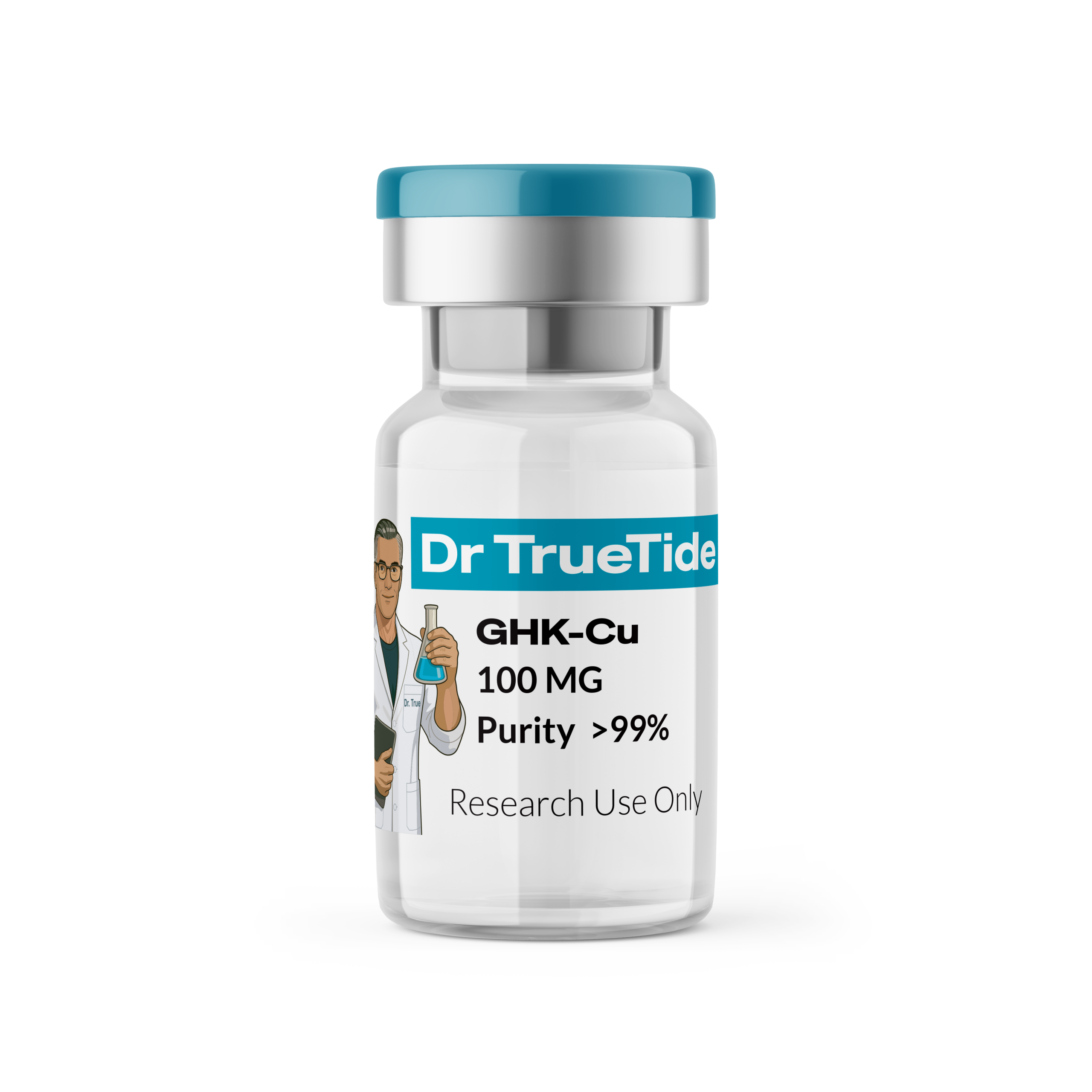
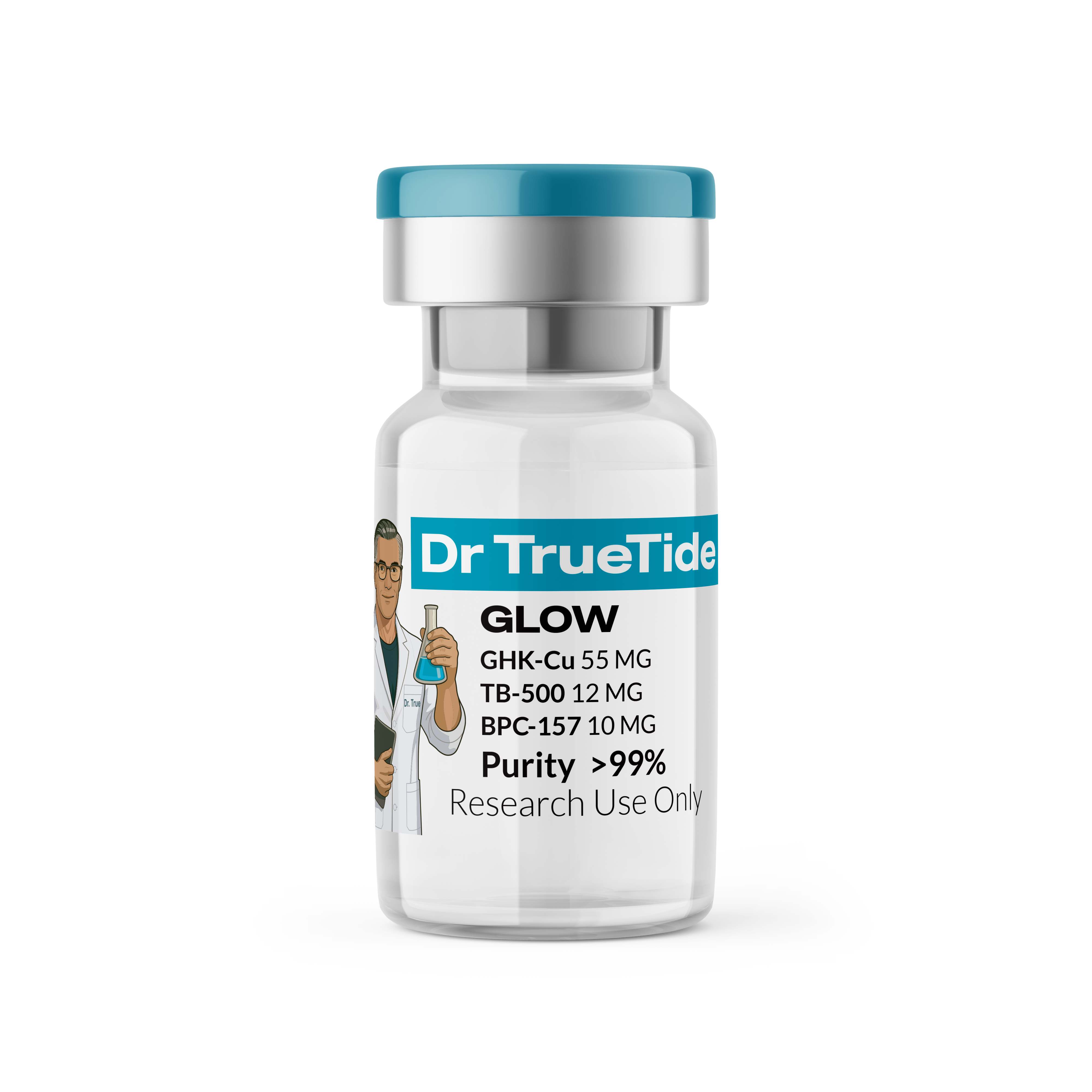

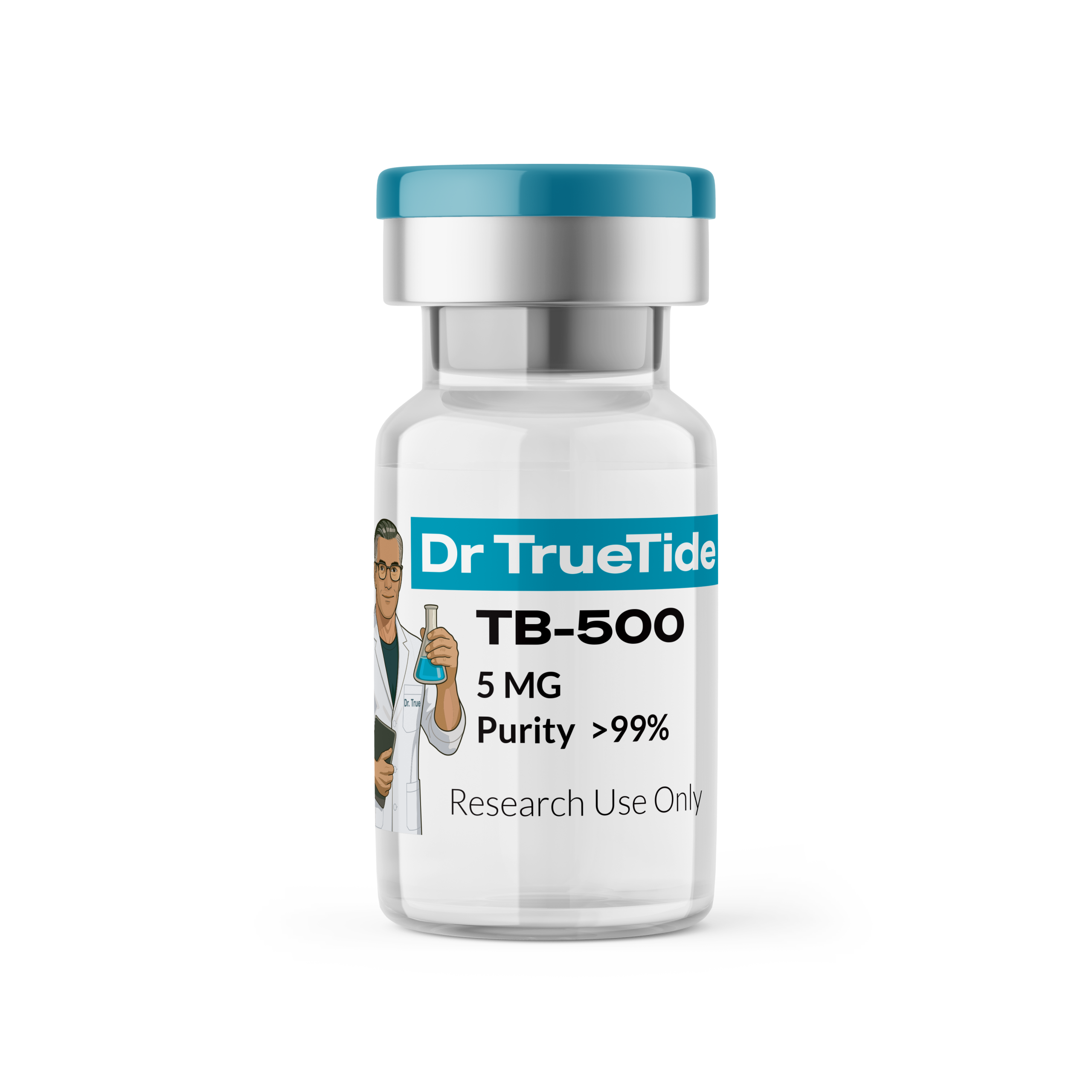
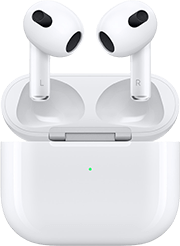
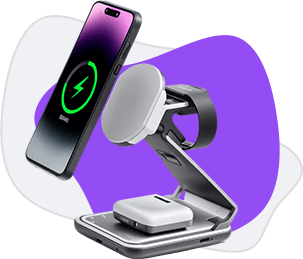
Reviews
There are no reviews yet.